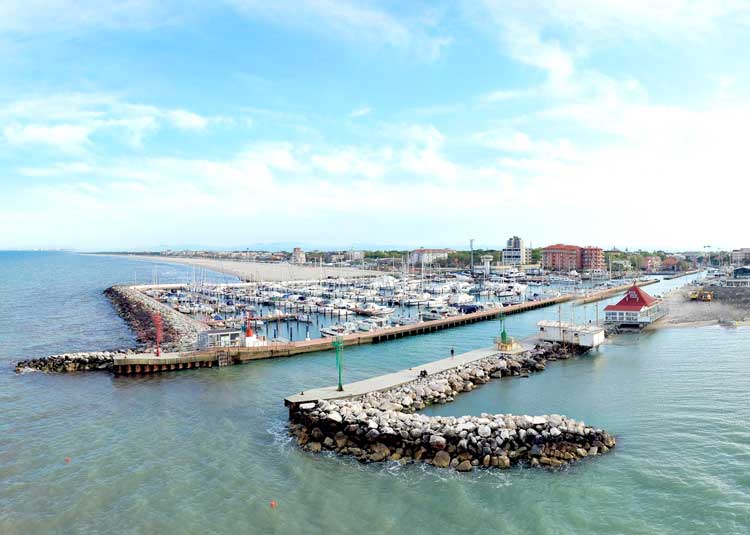An Environmental Impact Assessment (EIA) provides stakeholders with environmental information about a specific project site.
General guidelines
Environmental Impact Assessments are generally speaking compulsory and follow strict regulatory guidelines from the governmental agency that oversees a particular dredging project. An Environmental Impact Assessment usually contains:
- an explanation of environmental objectives and policy;
- a description of the existing environmental situation (the baseline conditions);
- a description of the project;
- an assessment of the potential effects of the project;
- a summary of recommendations; and
- an Environmental Management (or action) Plan (EMP).
Purpose of an Environmental Impact Assessment
An Environmental Impact Assessment aims to ensure that dredging activities are performed in an environmentally acceptable manner, using sound engineering techniques, that they are economically warranted and take sufficient consideration of long-term effects or impacts of a construction project.
Scope of an Environmental Impact Assessment
The scope of an Environmental Impact Assessment usually includes:
- a survey and review of prior studies done by others to describe the physical, chemical, and biological conditions of the study area;
- an evaluation of regional dredging and disposal needs (reuse and storage);
- a characterisation of physical and chemical properties of typical regional dredged materials;
- the formulation of alternatives for dredged material management;
- a preliminary evaluation of alternative management methods; and
- recommendations for further environmental evaluation.
An Environmental Impact Assessment should answer the question:
Is a project as planned environmentally acceptable? If not, can changes be made to mitigate impacts, or to improve the overall project acceptability?
Required or optional?
Nowadays, for most dredging projects, environmental and ecological assessments are required. In the 1980s these considerations became part of the policies of the International Finance Institutions (IFIs), such as the World Bank. This was formalised in the 1990s when an EIA became a condition for the funding of IFI-sponsored projects. The World Bank definition of the EIA is important because it more or less established the minimum requirements.
World Bank definition
In a World Bank study, the EIA is summarised as: “[…] environmental impact assessment (EIA) is taken to mean the systematic examination of the likely environmental consequences of proposed projects. The results of the assessment – which are assembled in a document known as an Environmental Statement (ES) – are intended to provide decision-makers with a balanced assessment of the environmental implications of the proposed action and the alternative examined. The Environmental Statement is then used by decision-makers as a contribution to the information base upon which a decision is made. The overall goal of an EIA is to achieve better developmental interventions through protecting the environment (human, physical and biotic)”.
The Public & an Environmental Impact Assessment
A complete EIA requires an appreciation of what the community considers the valued environmental resources to be. Communication with the public about their perceptions is essential. Stakeholders need to be informed and an explanation of the assessments made should be offered. In some cases, the public may identify additional impacts and might ask for broader impact consideration or further mitigation.
Timing of an Environmental Impact Assessment
A well-executed and thorough EIA ment can lead to cost-effective mitigation and/or enhancement. When environmental challenges arise and mitigation is necessary, integrating measures as a fundamental part of the project design, rather than as an add-on exercise, will reduce project costs and lower community costs.



































